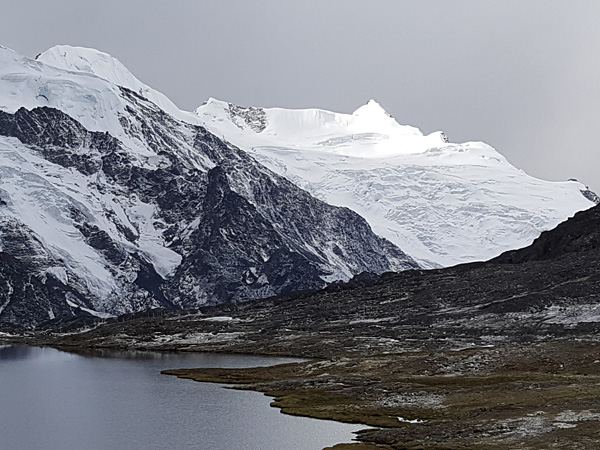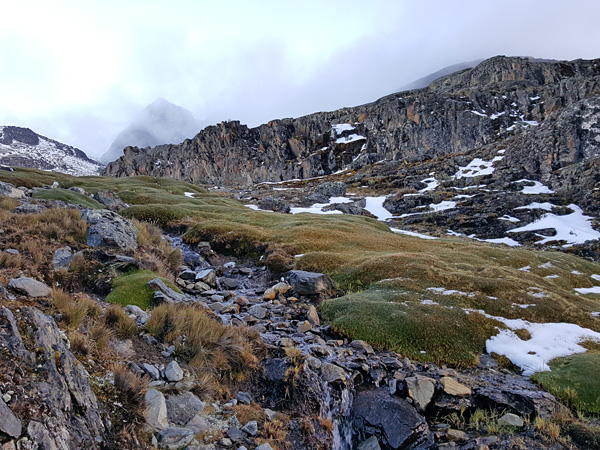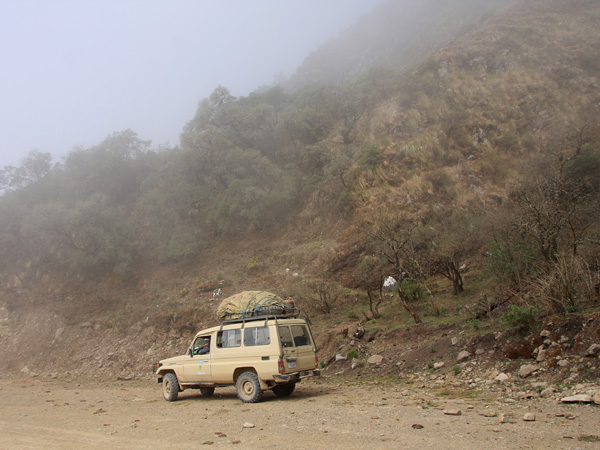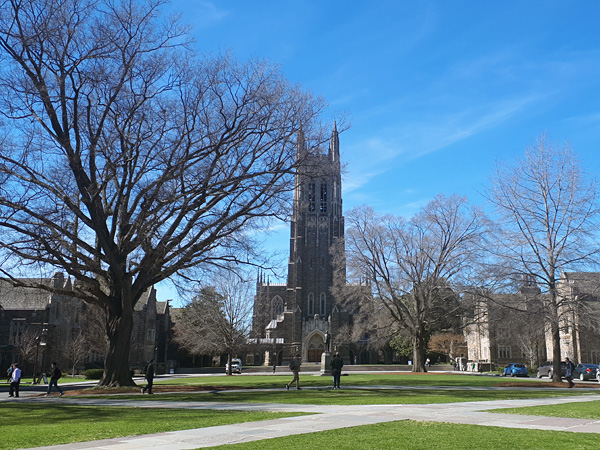How do environmental conditions affect the taxonomic composition of lichen symbiosis? – new publication
Recently, Frontiers in Microbiology published an article summarizing the results of research conducted by a team of scientists from our Institute (from the Organismal Evolution and Interactions Group) and Duke University (from the Lutzoni Lab) on the variability of the symbiosis model in lecanoroid lichens in the gradient of climate conditions in Bolivia. Multi-gene phylogenetic analyzes of 89 Lecanoraceae specimens collected on the transect running from 177 to 4700 m a.s.l. showed that there is a close relationship between the altitude (and thus the climate) and the taxonomic composition of the symbiosis studied. The compositional shift occurs for both partners – the photobiont (Trebouxia) and the mycobiont (Lecanoraceae) – each with a different altitude threshold at which the shift is most dramatic. The molecular data included six mycobiont loci (ITS, nrLSU, mtSSU, RPB1, RPB2 and MCM7) and two photobiont loci (ITS, rbcL); for the amplification of Lecanoraceae RPB1 and RPB2, new primers were designed (NCN grant: 2016/21/B/NZ8/02463). The research sheds light on the mechanisms responsible for the formation of regional patterns of lecanoroid lichen diversity.
Medeiros I.D., Mazur E., Miadlikowska J., Flakus A., Rodriguez-Flakus P., Pardo-De la Hoz C.J., Cieślak E., Śliwa L., Lutzoni F. 2021. Turnover of lecanoroid mycobionts and their Trebouxia photobionts along an elevation gradient in Bolivia highlights the role of environment in structuring the lichen symbiosis. Frontiers in Microbiology 12: 774839. DOI

Andean subnival zone, dept. La Paz, Bolivia.
Photo: Adam Flakus.

Andean subnival vegetation on siliceous rocks, dept. La Paz, Bolivia.
Photo: Adam Flakus.

Open high Andean vegetation on limestone rocks, dept. La Paz, Bolivia.
Photo: Adam Flakus.

Yungas cloud forest, dept. Cochabamba, Bolivia.
Photo: Adam Flakus.

Duke University, West Campus.
Photo: Edyta Mazur.





